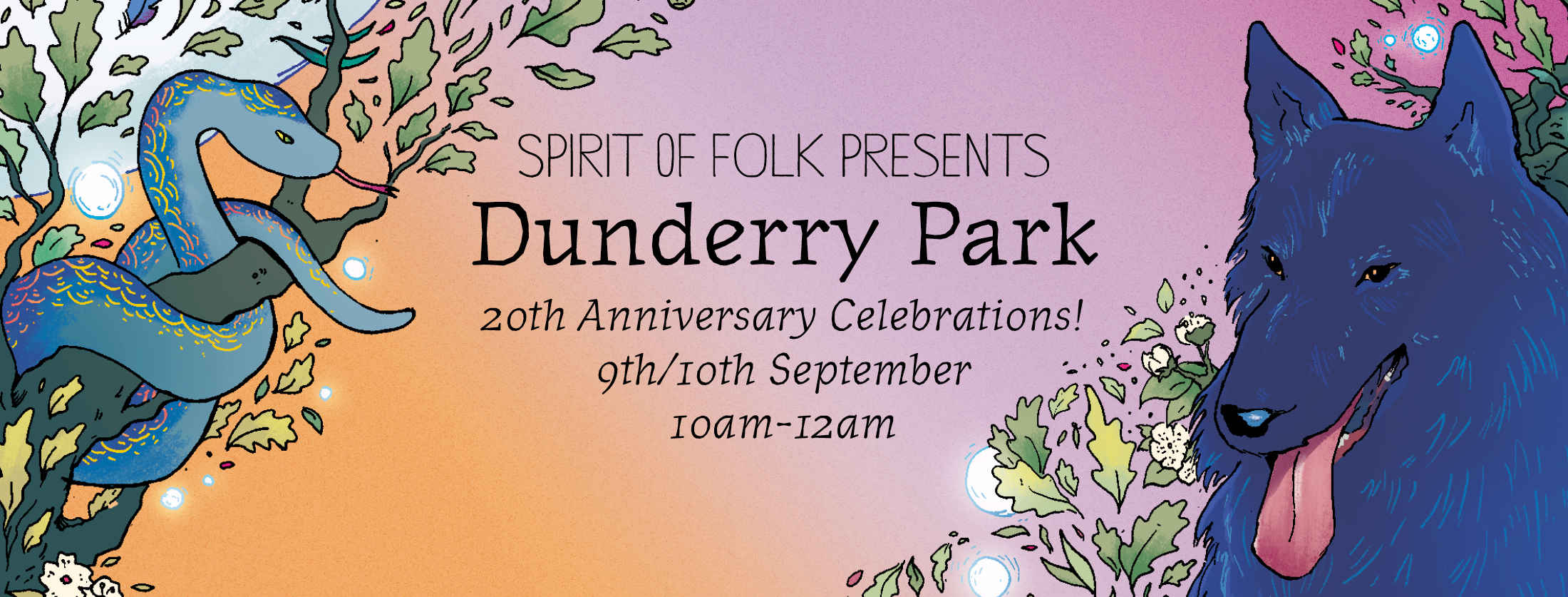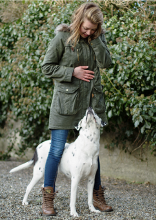You are here
Ali Ramsey Dog Trainer
Ever since I was little I knew I wanted to work with animals. As a child I told everyone who would listen when I grew up I wanted to be an “animal psychologist”. This love for all things furry, fluffy and feathered meant I was always surrounding myself with animals be it my own pets, the neighbour’s dogs or the horses in the local riding school. My passion lead me to University to study Agriculture and on to working in New Zealand before ultimately finding a position with Dogs Trust, when they came to Ireland in 2009. I started as a Canine Carer but within two years I had been promoted to Head Training and Behaviour Advisor for Dog Trust Ireland. I couldn’t believe it, I finally was working as an “animal psychologist”!
I loved my role within the Centre but I would regularly hear about the struggles people had with their dogs displaying problem or unwanted behaviours. Sadly due to a lack of knowledge these owners often found themselves unable to help their dogs and felt the only available option was to relinquish them to a local pound or shelter.
I felt that there needed to be someone working with people before they ended up in this difficult situation and this lead me to set up my own business, Ali Ramsey Dog Trainer. I am truly passionate about dogs and also about educating owners on how to get the most from their relationship with their canine companions by understanding why they behave the way they do. I also believe that every owner has the potential to be the very best trainer, they just need the right guidance and support, something which I strive to achieve with all my clients.
Programme Spirit of Folk 2015
Positive re negative training methods via training game
Introduce ourselves & our background.
Questions to the audience
- Show of hands who has heard of positive reinforcement or force free training?
- Show of hands who has heard of clicker training?
- Explain why we use positive force free training
- Scientifically proven to be successful – it works!
- Facilitates the best relationship with handler and animal.
- Explain where clicker fits into the process.
Part one – Positive Reinforcement
Dog & handler come to the stage/front and we explain that the handler is going to use the principle of positive reinforcement to reward their dog for approximations until they reach their end goal of achieving the desired behaviour.
Dog gets blindfolded and ear muffed and taken to the side off to the side by Katie.
The handler decides on a behaviour they would like the dog to do and writes it on the whiteboard to show the audience. They then set up their training area and bring the dog in to start training.
We use the “clicker” aka a bell to mark the behaviours we like and reward with a tasty treat (chocolate). When they complete the behaviour, lots of fuss and a jackpot reward. Round of applause for dog and handler
Part two – Positive Punishment
Dog & handler come to the stage/front and we explain that the handler is going to use the principle of positive punishment to punish their dog for incorrect approximations until they reach their end goal of achieving the desired behaviour.
Dog gets blindfolded and ear muffed and taken to the side of the stage by Katie.
The handler decides on a behaviour they would like the dog to do and writes it on the whiteboard to show the audience. They then set up their training area and bring the dog in to start training.
We use the “punishment” aka horn to mark the behaviours we do not like. When they complete the behaviour, the trainer can decide if they would like to reward them or not.
Round of applause for dog and handler
Ask both teams of dog and handler back up how they felt during the training process and if they would like to do it again.
Invite people to come to the training area throughout the day to take part in training sessions with their dogs and also to ask any questions that they may have.
Group Training Sessions
Maximum of six dogs and handlers doing a mini class following on from the training game so they can see how the principles of positive reinforcement work when we train our dogs.
Explain the various training principles of luring, shaping and capturing and how we can apply this when looking at establishing new behaviours. Use these techniques to teach a “touch”, “watch me” and “down stay” on a mat.
Equipment habituation/desensitisation
Practical demonstration on how best to introduce a harness/muzzle etc so your dog enjoys wearing it. May use this to lead into a loose lead demonstration
Interactive session on reading body language
Chat about Body Language – why it is important, what can happen if we miss what are dogs are telling us etc. Ask people in the audience to come up and circle what they see on a laminated image of a relaxed/stressed/anxious etc dog using a white board marker.
For each right guess they will be given some chocolate as a positive reinforce for desired behaviour!



Connect